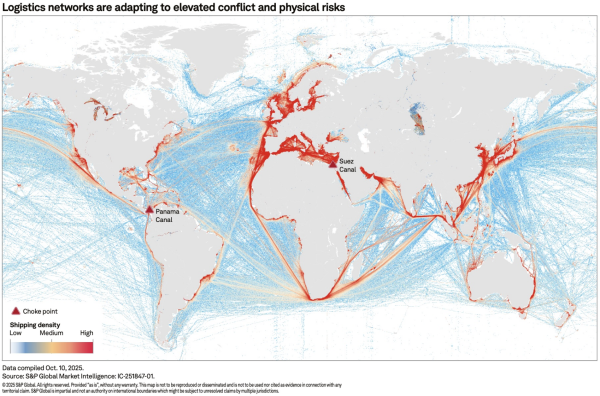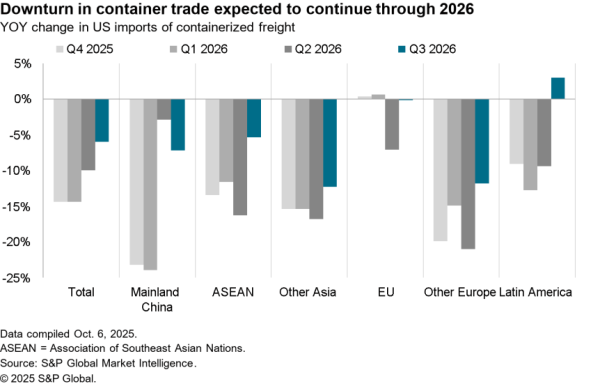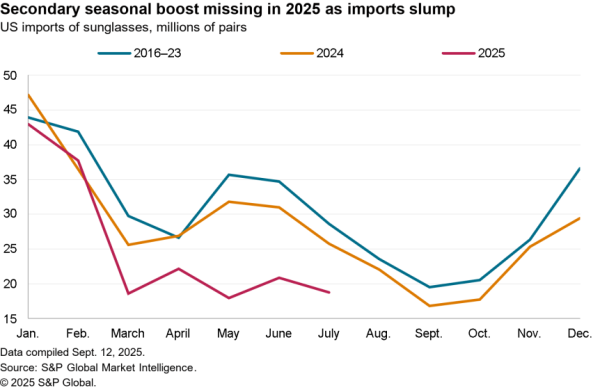One innovation in the U.S.-Mexico-Canada Agreement (the replacement for NAFTA) is a separate chapter for the textiles and apparel supply chain. That’s been specifically designed, according to the U.S. Trade Representative, to encourage an increased used of American products including fibers, yarns and fabrics.
A spate of antidumping trade investigations in the U.S. – in particular in relation to staple fibers as outlined in Panjiva research of November 7 – suggests the industry more broadly is under pressure. A more significant cause of pressure is also imports of finished apparel. Panjiva data shows U.S. imports climbed 3.3% in the 12 months to July 31 to reach $82.7 billion. That growth has continued in August with a further 5.2% increase in seaborne shipments.
Mexico and Canada aren’t the challenge – they accounted for just 5.2% of imports – instead it has been China (32.9%) and others where exports have been a challenge. Indeed, imports from outside China and the USMCA area reached a record high in July.
It’s also notable the recent third round of section 301 duties against Chinese exports have targeted the apparel supply chain (fibers, threads and fabrics) but not finished clothing, Panjiva analysis shows.

Source: Panjiva
The prospect of a change in rules that may increase the attractiveness of U.S. materials vs. those from the rest of the world may have been the driver of a rise in Mexican imports of raw materials, fibers, threads and fabrics. There has been a 4.8% increase in the three months to August 31 with imports from the U.S. having risen by 1.8% while those from China surged 11.3%.
That’s extended a longer term trend. Mexican imports fell 0.9% annually in the past three years with shipments from the U.S. falling 10.2% annually but those from China increased by 25.5%. It’s therefore like that one of the intended consequences from USMCTA is to improve America’s market share of the Mexican supply chain.

Source: Panjiva
There will be significant challenges for the companies in that supply chain, however, that won’t be welcomed. The main one is that the industry is highly fragmented and as such the cost of switching suppliers can be high in context of company revenues. Secondly most buyers have only a handful of suppliers with the result that changing even one of them can be extremely disruptive from a logistical perspective.
The average value of a buyer-supplier relationship for the 10 largest in the whole country is just $14.8 million annually, dropping to $4.3 million for the next 90 largest.

Source: Panjiva




